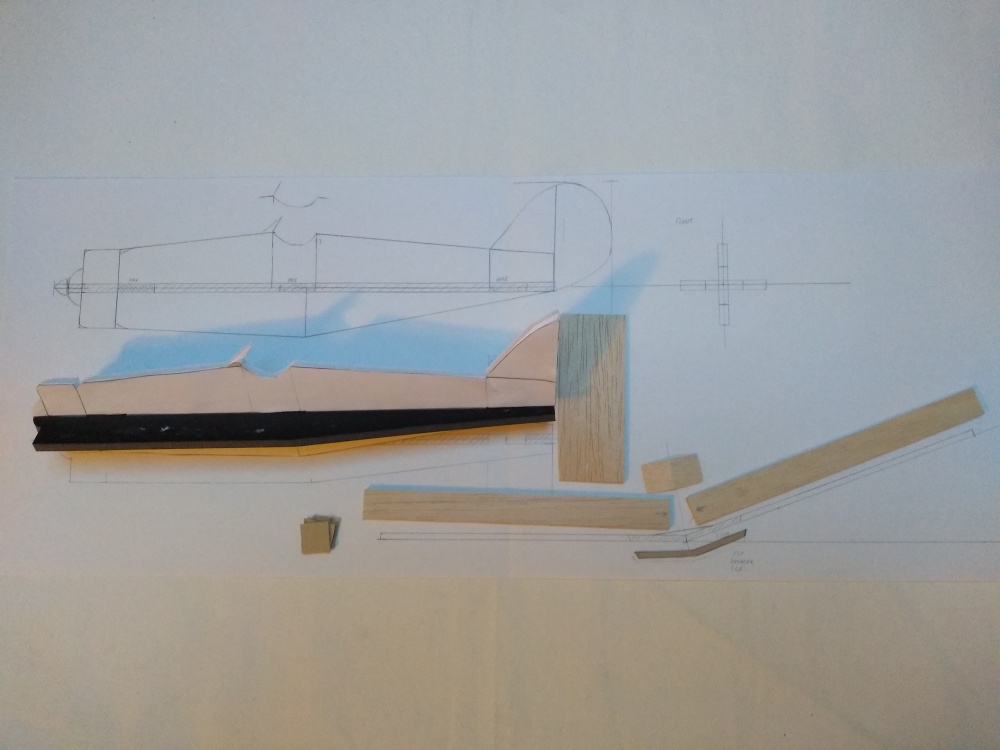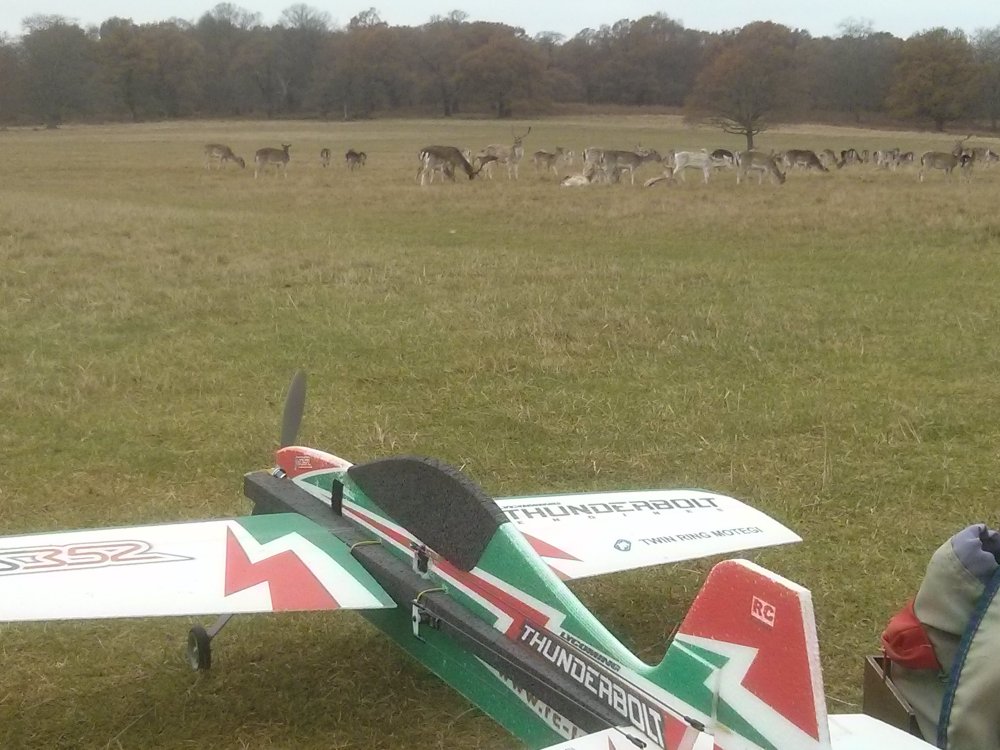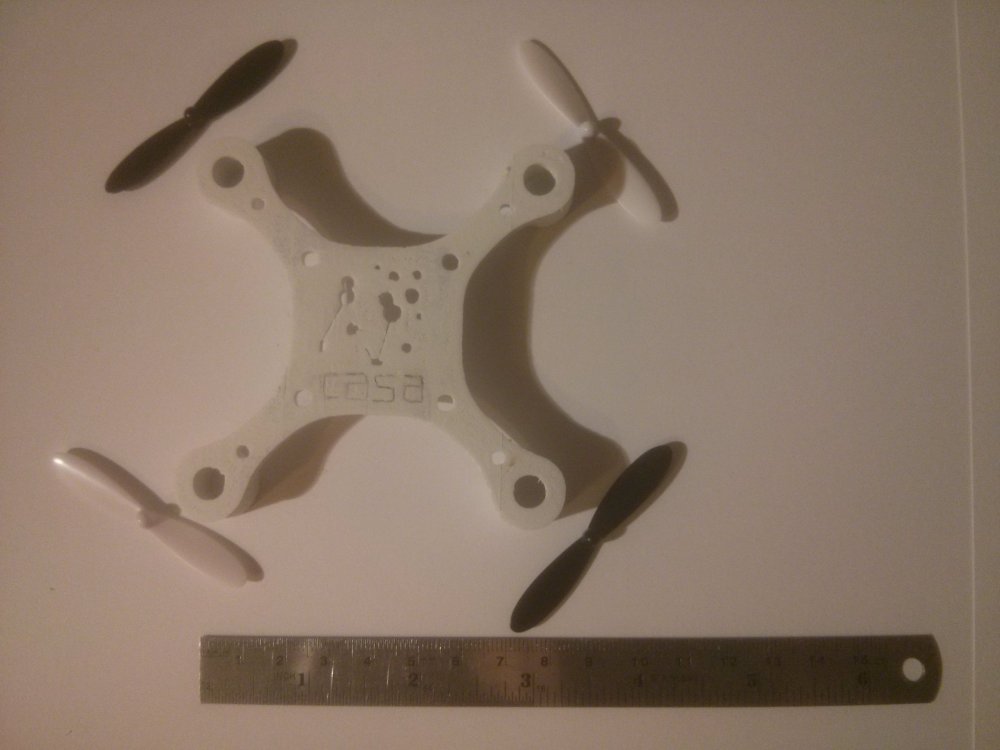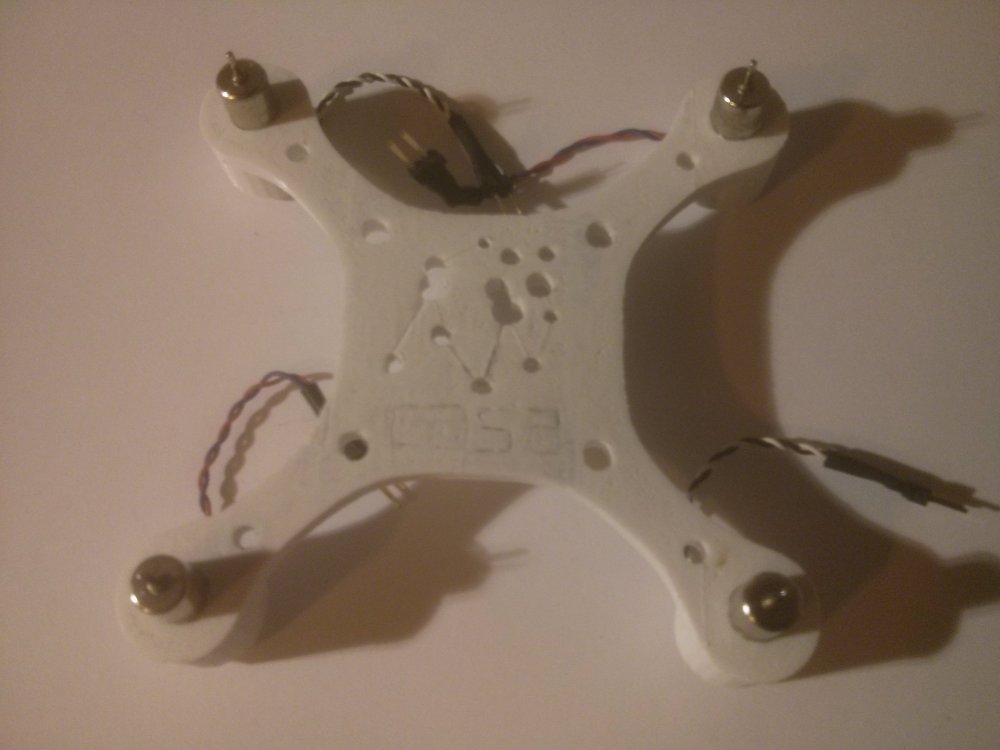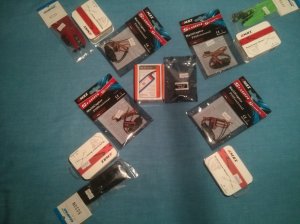I’ve replaced all four servos in my RS352, so I really wanted to do a test flight this week. The weather forecast showed that it was always going to be marginal with fog and drizzle predicted, but with absolutely no wind. Perfect for a test flight if it turns out to be flyable. The weather in the morning was very damp and drizzly as predicted, but I decided to give it a go anyway. It looked like it was brightening up, so I got in the car, went a little way down the road and then gave it up. There was a lot of rain on the windscreen and it was looking progressively more overcast, so I didn’t get my test flight in this week after all. At this point I should put a note on the aircraft so I don’t forget that it must be out of trim. Bearing in mind how much I’ve flown the RS352, I’m very likely to forget and launch it next week, only to remember when it’s in the air. I doubt it’s all that far out of trim though, as the carbon push rods allow me to get the new servos in position to millimetre accuracy.
Getting back to this week, I’ve been building my own micro quadcopter.
Quadcopter frames aren’t as complicated to make as fixed wing aircraft, but they’ve traditionally followed the route taken by helicopters of buying plastic and carbon bits that you screw together. There are a lot of 3D printed ones, but I’m fed up with 3D printing as it’s not accurate and the prints keep failing. Also, the printers cost thousands of pounds, so it’s an expensive solution. Making your own frame from scratch is very easy to do and is a lot of fun, so I don’t understand why more people aren’t doing it? I built the DaVinci Aerial Screw in the Summer and have been doing some tests to come up with a plan for a frame that anybody can make. Also, the frame I’ve just made weighs 5 grammes. That’s half the weight of a similar 3D printed one.
This version uses a piece of A4 vinyl sheet which I bought in Paperchase. I made a paper template and cut out a top and bottom in vinyl using scissors. In between there is a sandwich of Depron which is from an old pizza box base. The four plastic tubes for the motors were just an old bit of tube that I found lying around and drilled out to accept the motors. You could probably use an old felt tip pen barrel, but I’ve also got some other ideas about how to attach the motors which might be easier to construct. One other point worth mentioning is that the cyano I’m using causes my black pen marks to run horribly. In the photos above, the clear blue picture is the bottom, while the one with the smudged black pen marks is the top. I’m going to swap the top and bottom around as I really like the blue and white colour.
As you can see from the set squares, I’ve had to build it very accurately in order to make sure that the motors are all at 90 degrees to the frame. I taped the top and bottom vinyl together in order to drill the holes through both so that they line up perfectly. Then the bottom was cyanoed to the Depron. I’m using a cyano with a fixer spray so that I have a bit of “grab”, but I am still able to position things without it sticking immediately. This gives me a bit of “fiddle” time. Once the bottom was stuck, I used a reamer to open up the holes in the Depron, put the motor cylinders in place and used them to locate the top vinyl sheet accurately. I only glued the centre of the top vinyl up to about 20mm from the motor holes in order to locate it. I removed the motor cylinders before it stuck as I need to ensure that these were square.
The final part was to file out tiny amounts from the motor holes to ensure that the motor cylinders went in square, then weighed everything down while I added the final cyano to stick the last bits together.
I’m relying on the fact that I squared off the tops and bottoms of the plastic motor tubes, so, by weighing it down on a flat surface, I guarantee that all four motors are square to one another, even if the frame might be slightly out. There are spacers under the frame which show me how accurately it lines up. Everything looks good from this angle.
Hopefully, the glue will be set soon and I can try it out in the air. Once I’m happy with how it works, then I’ll do a proper plan and building post.
Just to finish, I’ve also been balancing the ATOM autogyro blades, so I’m going to cover these soon. It’s almost at the flying stage now.
